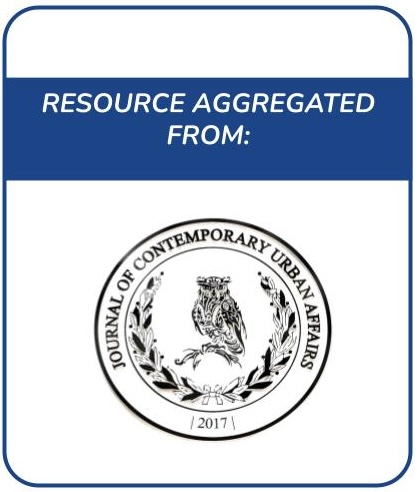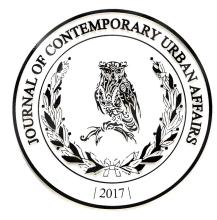Resource information
In light of the rapid global urbanization urban design has been shown to contribute largely to promoting the health and wellbeing of urban citizens. However studies of urban design are underrepresented in low and middleincome countries in Asia where urban forms are traditionally compact and complex with multiple layers. Hanoi, a typical city in low and middleincome countries, exhibits five unique urban typologies generated through official planning unregulated development and historical fluctuations. This study examines the perceived urban design from a sample of 218 participants across five urban typologies in Hanoi using an established scale. The findings suggest that perceived urban design is significantly influenced by urban typologies. Old urban typologies tend to report higher scores of land use mix and access to services but lower scores of walking facilities and street connectivity than modern urban typologies. The study contributes to our understanding of urban design in Hanoi providing policymakers and urban designers with essential insights for sustainable urban development.


